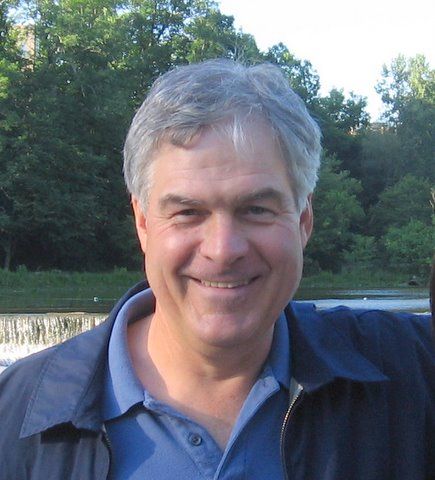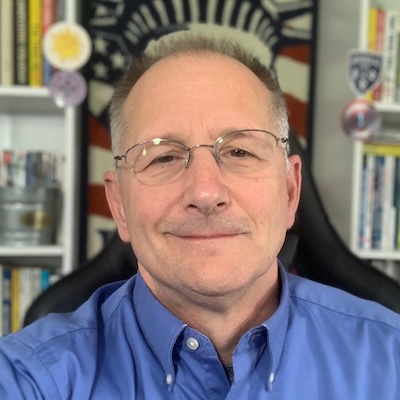What Do We See in Our Older Adults?The SeniorScape™
Cultures other than the United States are facing issues associated with having an increasing Aging population.
This is the subject of the article Commentary: Singapore’s Ageing Population Does Not
Only Bring Challenges, The writer of this piece, Dr. Kelvin Tan, a senior lecturer at Singapore University of Social Sciences’ gerontology department, illuminates the many ways in which older adults represent value to society, specifically the benefits to Singapore’s ‘longevity Economy’. In fact, the term ‘longevity economy’, with its 2013 calculus of trillions of dollars, was coined in the U.S. by Jody Holtzman for AARP.
Why are we getting it wrong? What will it take for us to turn it around?
Dr. Tan points out the “longevity dividend” which in essence not only constitutes the goods and services generated which caters to the needs of this demographic, but also to the benefits of the workforce if older adults can continue to productively contribute. An apparent fact recognized by Prudential Singapore which has removed the Retirement age allowing older adults to continue working. An important factor in being able to continue to live and thrive; having meaning, purpose, making a contribution, and having connections.
With continued work comes continued income which also translates into spending power. Support for these numbers is based on an analysis referenced from Monitor Deloitte, which reported that by 2030, Singapore’s silver generation is projected to spend nearly $209 billion Singapore which translates into U.S.$150 billion.
The comparison between Singapore and the U.S. is striking. The former, by 2030, 25% of Singapore’s population will have reached the age of 65; in the U.S., as per the U.S. Census Bureau, the number of adults ages 65 and above is expected to outnumber those 18 and under by 2035.
The article refers to the rising number of older adults as the ‘silver generation’ or ‘silver economy’, preferring it over the term ‘silver tsunami’, as the latter term is one associated with devastation. I thought this interesting as I have been eschewing the term for its disparaging connotation for quite some time in both conversations on my podcast as well as writing about the same in blogs and most notably, in my chapter in ‘Think Big’, published May 17, 2022.
The article points to the increasing number of consumer goods designed to meet the needs of older adults frailties, abilities and declining abilities continues to evolve. A fact supported by the increasing biological changes experienced by adults, and the goods designed to meet those needs which continues to increase. One example is that “absorbent pants” as the article euphemistically refers to them, has outsold baby diapers in Japan since 2013 and, according to a Financial Times report, will do so in China by 2025. Other technologies and Artificial Intelligence are being created to provide solutions to address these incontinence issues.
In today’s world, a society with an increasing number of older adults must take into consideration that there is more than meeting needs beyond physical, cognitive, and biological frailties of life. According to a study by Ageing Asia, the ‘longevity economy’ is expected to his $4.6 trillion by 2025; in the U.S. it is already calculated at $8.3 trillion.
Every aspect of the economy that designs goods and services to meet the needs of this ever-increasing population can benefit. Dr. Tan points to technological endeavors: telehealth in particular which is growing in increasing in popularity in the U.S.,allowing more people to meet their medical care needs while continuing to remain in their home.. A number of other Technology are also referenced; specifically FlexoSense, a technology for diabetic foot management, Kinexcs providing fitness solutions and SoundEye, a fall-detection sensor system.
However, as older adults desire to remain in their homes for longer periods of time in the U.S., we need more initiatives to address isolation and loneliness, both of which can literally be killers.
One such initiative was developed by Emi Kiyota creator of Ibasho, a community created and run by elders which provides a deep sense of pride, respect dignity and purpose, fundamental human needs for living and thriving at any age. Another program known as ModernAging is a business initiative of ACCESS Health developed in Sweden, Singapore and China encouraging endeavors to meet the needs of an elderly population.
However, beyond seeing and seizing on the business, and business related, opportunities, there needs to be a shift in our attitudes towards older adults. We need to find ways to dispel ageist attitudes and beliefs from the earliest years. A fact that seemingly needs to be addressed in Singapore as well as in the United States. Dr. Tan refers to this new generation of older adults as the “young old”. Though I understand the concept, I’m not sure I agree, to me it is a kind of contradiction in terms. One cannot be both young and old. However, I do believe that if we can think of ourselves as ‘evolving elders’ from our earliest years, a time that upon reaching is considered an achievement; an age to be respected and I daresay desired as a means of attaining status as a Wisdom elder, we as individuals and a society will be far better off.
Thus, as an evolving elder, beyond financial planning and medical care, are you planning for your individual longevity in ways that will allow you to live and thrive as healthfully as possible so that you can minimize the number of frailty years? Without intention and planning life essentially happens; it is a kind of surrendering.
Dr. Tan contends that “Singapore should be a livable home for older adults, seen as active individuals who can still contribute and want to spend their years with dignity and purpose – not seen as a burden on the healthcare system and society” Sound familiar?
The article ends the article with the idea that the ‘silver tsunami’ should be reframed into golden opportunities. I say ‘Golden Years’ can be ‘Golden Opportunities’ for society and for the individual.
Planning for ‘Golden Years’ takes acknowledgement, awareness and mindfulness. Minimizing the number of frailty years will allow you to avoid care choices that lead to an unsatisfying existence rather than a thriving, purposeful life with the dignity and respect deserved from a long life lived. You can develop your personalized longevity plan at any age; certainly sooner is better but… The PLACE to begin is WITHIN and the BEST t time to begin is NOW!!!!
Get YOUR FREE Copy of #1 Amazon Bestseller: Dignity & Respect: Are Our Aging Parents Getting What They Deserve at:
www.freeagingparentbook.com
To receive The SeniorScape™ in your inbox email: phyllis@phyllisaymanassociates.com
Follow Phyllis Ayman on: SeniorsSTRAIGHTTalk
https://www.voiceamerica.com/show/3911/seniors-straight-talk
Thank You to Paul Irving, The Milken Institute Center on the Future of Aging for his Twitter post of the article.
Originally Published on https://www.phyllisaymanassociates.com/
























